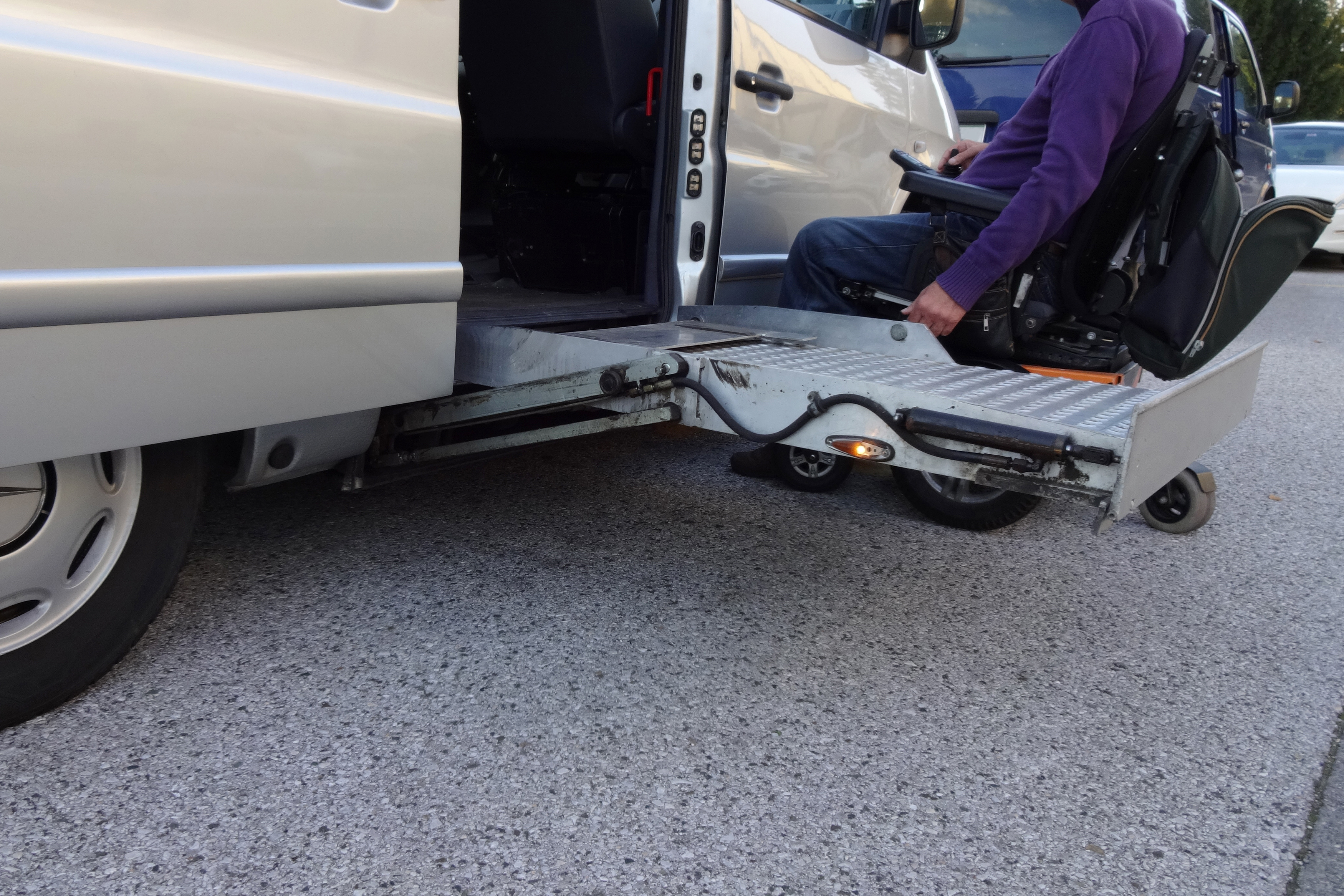
Can I Travel With A Powerchair In A Vehicle?
28 October, 2019
Written by Allied Medical
We, along with the manufacturers of many manual wheelchairs and powerchairs sold globally, always recommend that it is safest for anyone using a mobility device to transfer to a vehicle seat and use the seat-belt system.
If it is not possible to do this, then it is important for the wheelchair / powerchair to be secured to the vehicle facing forward and to use crash tested seatbelts (also attached to the vehicle) for the wheelchair seated rider.
Wheelchairs and powerchairs that have been designed and tested for use as a seat in motor vehicles are the best option. These wheelchairs comply with ANSI/RESNA WC19 which is a voluntary standard developed by safety and rehabilitation experts. Information on this testing is included in manuals that come with each product and stickers like this one are also visible the wheelchair or powerchair itself if it has been tested to this standard.
A wheelchair or powerchair which has been tested to this standard has four, crash tested securement points where tie-down straps and hooks can easily be attached. These points are clearly marked with a hook symbol.
It is important that the Wheelchair Tiedown and Occupant Restraint Systems (WTORS) used within the vehicle is used to secure the wheelchair and provide the occupant with a properly fitting three point lap and shoulder belt. Postural support belts that have been attached to the wheelchair / powerchair are not strong enough to withstand crash forces and are not usually positioned correctly to protect the person safely in an accident.
This must also be crash tested and labelled that it complies with the ANSI/RESNA WC18. This system used four tie down straps or hooks that attach to the wheelchair/powerchair at the securement points marked. The straps need to be tightened to remove any slack.
There are other methods of wheelchair and powerchair securement that can be used, such as a docking system. These are attached to both the mobility device and the vehicle. More information on these should be sought from the product supplier and the wheelchair/powerchair supplier as different systems have been tested with different products.
Other points to note:
- It is best to ride with the backrest of the wheelchair or powerchair positioned at an angle of 30 degrees.
- Maximise the clear space around the rider to avoid any contact with any vehicle components and other passengers in an accident.
- Check the wheelchair and WTORS regularly for any wear and tear and replace any worn components.
- If involved in an accident, check with the supplier / manufacturer if anything needs to be replaced
- A properly positioned headrest should be used to protect the head and neck from rear impact
- Remove any trays to avoid the user making contact with these and potential injury. If the tray cannot be removed, adding soft foam around the user cut out is recommended to soft the contact point with the user.
- For more information read and follow all the manufacturers’ instructions.
Please remember that wheelchairs and powerchairs have been designed for mobility, not as seats for vehicles.
